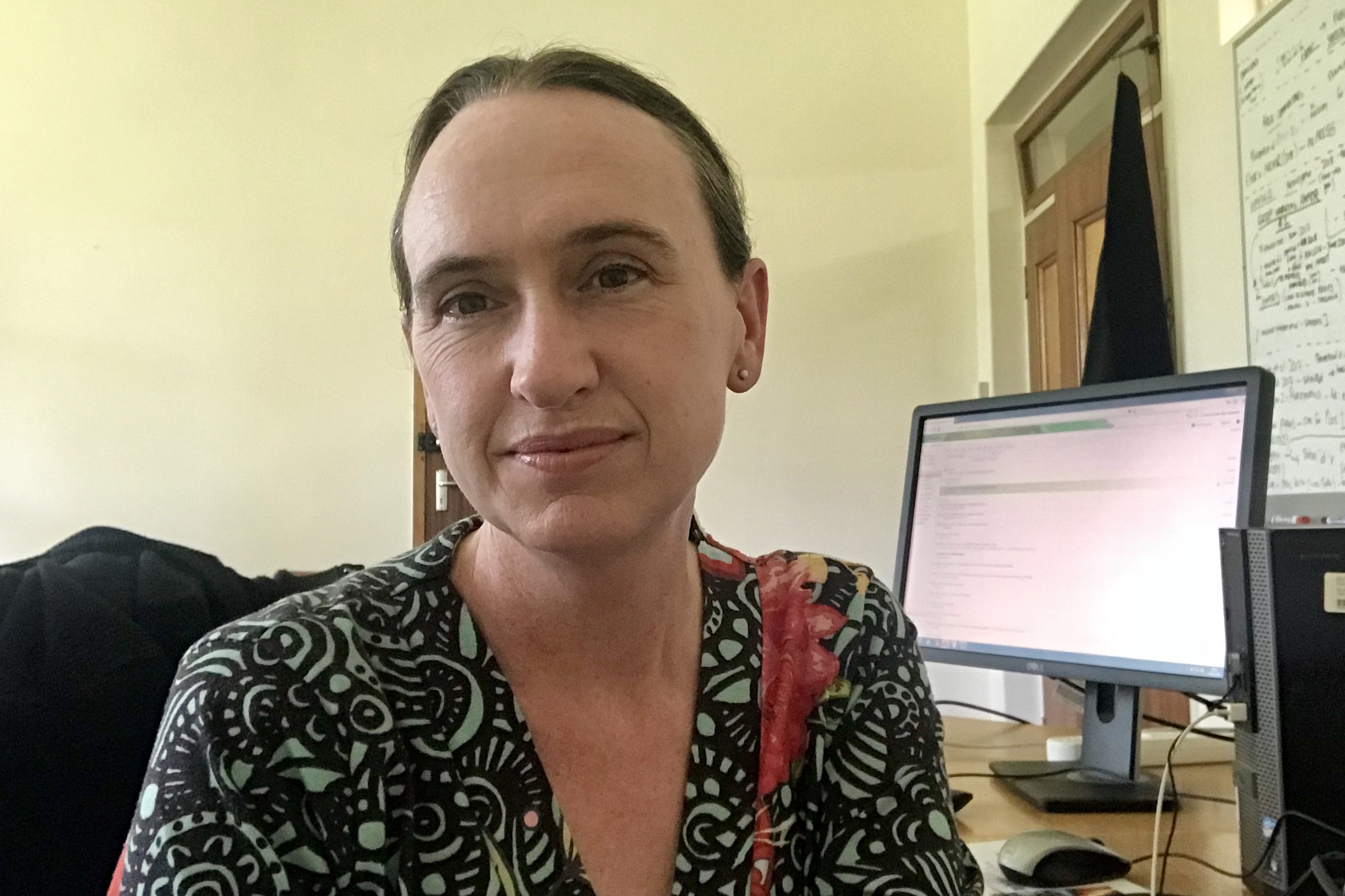Tree health in a changing world: planning for the ‘New Normal’ 2020-05-16
Climate change is an undisputed challenge to commercial forestry worldwide. It brings with it changes not only to the environment, but also the opportunity for pests and diseases to colonize new areas, previously unsuitable for their survival. Multi-disciplinary and collaborative research partnerships between academia, industry and Government, such as those in FABI, are essential to address this ‘new normal’.
Speaking at the 31st Annual Meeting of the Tree Protection Co-Operative Programme (TPCP) and DSI-NRF Centre of Excellence in Plant Health Biotechnology (CPHB), Prof. Emma Archer from the University of Pretoria’s Department of Geography, Geoinformatics & Meteorology explained that rising surface temperatures, driven by human activity, has important implications for agriculture and forestry alike. An Intergovernmental Panel on Climate Change (IPCC) report predicts an increase of 1,5°C in the average land surface temperature by 2030-2052. Regional changes in climate will see central southern Africa receiving lower annual rainfall. The region will also experience increased mean minimum and maximum temperatures and more frequent heatwaves resulting in greater evapotranspiration losses. Research has shown that forest cover has declined over the past 50 years despite an increase in the establishment of huge areas for plantation forestry. Insects, pathogens, wildfire, storm damage and human disturbances all negatively impact forests that, in turn, affect hydrological processes.
Professor Archer shared with the participants the fact that climate change will introduce new challenges regarding the health of trees. Many important pests and pathogens are currently restricted to specific geographic or climatic regions, but as climate change accelerates, so new habitats are available for colonization. The dearth of climate monitoring on the African continent is a real problem in predicting pest outbreaks or spread or setting ‘thresholds of concern’. Environmental stress can also trigger attacks on trees by these pests and pathogens. She emphasised the point that pests and pathogens may be manageable or benign until a ‘tipping point’ is reached.
The financial losses to the forestry industry due to pests and diseases can be devastating. Forestry South Africa’s Research Director, Dr Ronald Heath noted that in the case of the invasive wood wasp Sirex noctilio, annual losses to the SA forestry industry is some $25 million per year with a total loss of $126 million to the value chain upstream. Sappi Forests' Programme Leader: Pests and Diseases, Prof. Jolanda Roux said losses can be up to 30% volume loss by end of rotation. Professor Mike Wingfield, founding Director of FABI and the TPCP, pointed out that what is perhaps not considered is the cost to industry of losing a key species due to devastating pest and pathogen invasions. This has occurred numerous times in the past and came after many years of breeding and selection of these tree species for plantation forestry. FABI Director, Prof. Bernard Slippers explained that rigorous scientific research is essential to develop comprehensive pest management strategies. He made the point that climate change driven impact on pests and pathogens also result in an increase in the complexity of the problem.
View a recording of Prof. Archer's presentation by clicking here.


